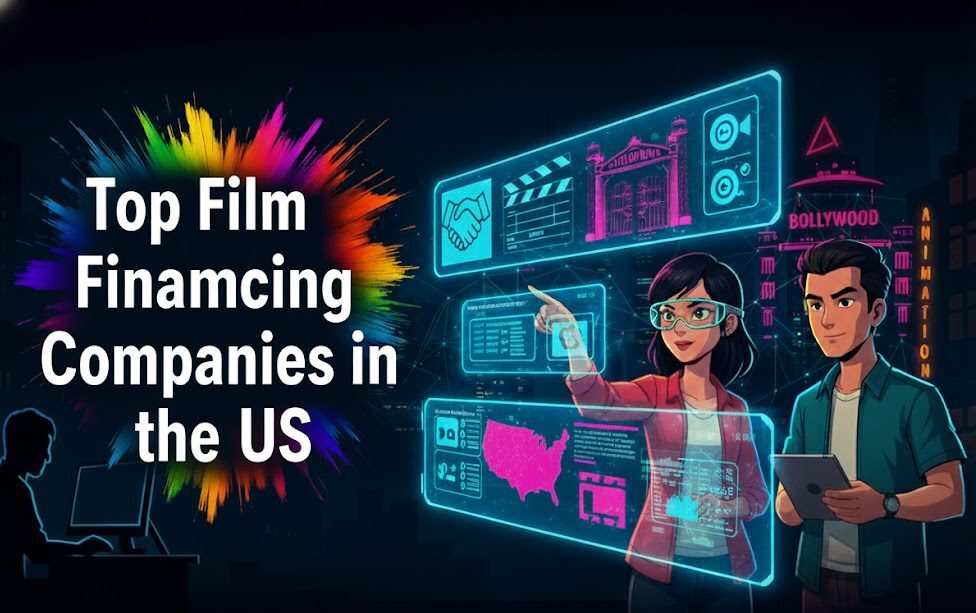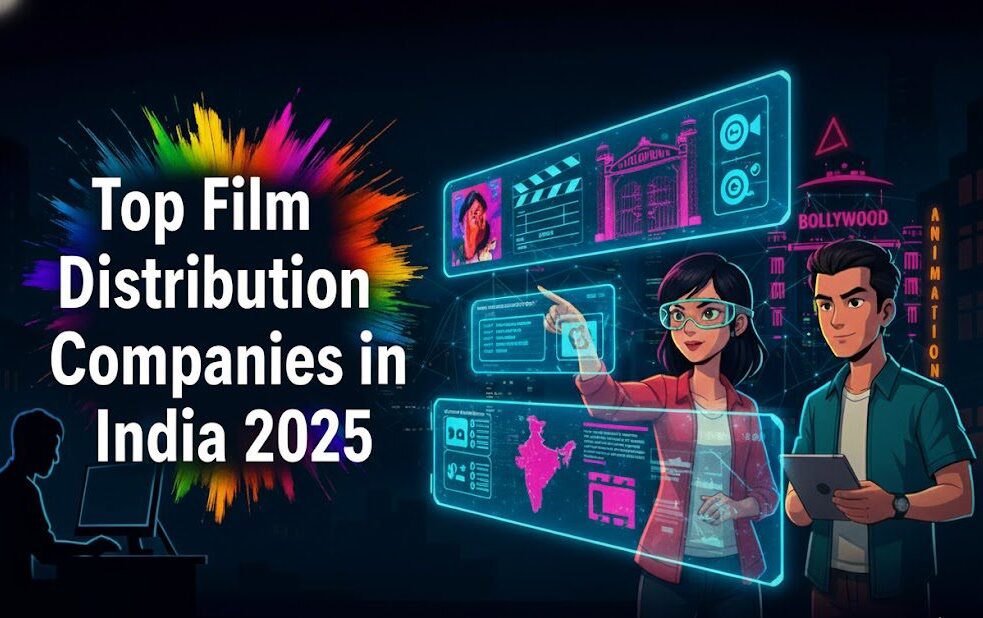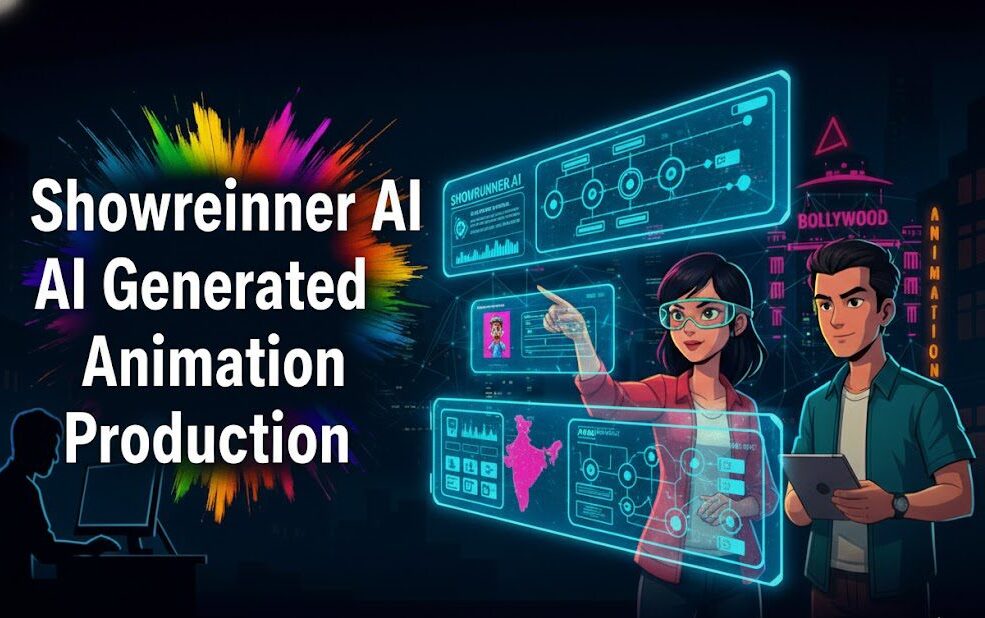Introduction
Television formats have revolutionized the global entertainment industry, allowing hit shows to be successfully adapted across cultures, languages, and markets. But what exactly are format rights, and why are they crucial in the international TV business? In this comprehensive guide, we’ll break down everything you need to know about format rights—how they work, why they matter, and how they enable local adaptations of popular global shows.
By reading this article, you’ll gain insights into:
- The fundamentals of format rights and their legal aspects
- The process of licensing and adapting TV formats
- Examples of globally successful format adaptations
- Challenges in securing and monetizing format rights
- How Vitrina helps media professionals track and leverage format rights
Let’s dive in and explore how format rights power the global TV industry!
Table of content
- Introduction
- What Are Format Rights?
- How Do Format Rights Work?
- Why Format Rights Matter in Global TV
- Top Examples of Successful TV Format Adaptations
- The Process of Licensing TV Formats
- Legal Aspects and Intellectual Property Protection
- Challenges in Securing and Monetizing Format Rights
- How Vitrina Helps You with Format Rights
- Key Takeaways
- FAQs
Find & Secure the Best TV Format Rights

What Are Format Rights?
Format rights refer to the legal and commercial agreements that allow a TV show’s concept, structure, and branding to be licensed and adapted in different territories. These rights enable local producers to recreate a successful show with cultural and linguistic modifications while maintaining core elements that made the original format popular.
Key Components of Format Rights:
- Concept & Structure: The fundamental idea, storyline, or game mechanics of the show.
- Branding & Elements: Logos, catchphrases, set designs, and signature elements that define the format.
- Guidelines & Production Bible: A detailed guide provided by the original creators to maintain consistency.
Famous examples include Who Wants to Be a Millionaire?, The Voice, and Big Brother, which have been adapted in dozens of countries.
How Do Format Rights Work?
Format rights work through a structured licensing agreement between the original format owner (creator, production company, or distributor) and a local production company or broadcaster.
The Process:
- Acquisition of Rights: A broadcaster or producer acquires the rights to adapt a show.
- Localization & Adaptation: Script, format, and production elements are customized to fit the local culture.
- Production & Broadcast: The show is produced and aired under local regulations and market demands.
- Revenue Generation: Profits come from advertising, sponsorships, and syndication.
This process ensures the success of well-known TV franchises worldwide.
Why Format Rights Matter in Global TV
The entertainment industry thrives on intellectual property, and format rights allow:
✅ Expansion of successful TV franchises across borders
✅ Protection of creative ideas from unauthorized copying
✅ Monetization through international licensing deals
✅ Cultural adaptation while retaining the essence of the show
With streaming platforms expanding content distribution globally, format rights are now more critical than ever.
Monetize & Protect Your TV Formats with Vitrina

Top Examples of Successful TV Format Adaptations
Here are some of the most successful TV formats that have been adapted worldwide:
🔹 Big Brother – Originated in the Netherlands, adapted in 54+ countries
🔹 The Voice – A Dutch music reality format, now in 60+ countries
🔹 Who Wants to Be a Millionaire? – Originally from the UK, with versions in 120+ countries
🔹 Survivor – Swedish-originated format, adapted in 50+ countries
🔹 Got Talent – A British TV format now in over 70 countries
Each adaptation brings unique cultural elements while maintaining the show’s core structure.
The Process of Licensing TV Formats
Licensing a TV format involves:
🔸 Option Agreement: Potential buyers assess the show’s viability.
🔸 Negotiation & Deal Signing: Terms of rights usage are set.
🔸 Adaptation Guidelines: Producers receive production guidelines.
🔸 Compliance & Royalty Payments: The format owner receives royalties per episode or season.
The licensing process ensures creative control and financial success for both parties.
Legal Aspects and Intellectual Property Protection
IP protection for format rights includes:
- Copyright: Covers scripts, branding, and design.
- Trademarks: Protects show names and logos.
- Contracts & Non-Disclosure Agreements (NDAs): Ensure confidentiality and exclusivity.
Challenges in Securing and Monetizing Format Rights
❌ Difficulty in proving originality
❌ Unauthorized adaptations and piracy
❌ Negotiation complexities in international markets
❌ Cultural differences impacting adaptation success
Proper legal support and industry connections are essential to overcome these challenges.
How Vitrina Helps You with Format Rights
Vitrina simplifies format rights tracking, licensing, and partnerships:
✅ Access a global database of TV format deals and licensing trends
✅ Find potential format buyers, sellers, and collaborators
✅ Get insights on competitive acquisitions and emerging TV trends
✅ Automate market research and strategic decision-making
Vitrina makes the global format rights landscape accessible and profitable.
Key Takeaways
✔️ Format rights enable global adaptation of successful TV shows.
✔️ Licensing involves legal agreements, adaptation, and revenue generation.
✔️ Successful adaptations require cultural localization while maintaining core elements.
✔️ Vitrina helps media professionals track, acquire, and leverage format rights effectively.
Frequently Asked Questions
Format rights cover show structure and branding, while copyright protects original scripts and creative works.
You need to negotiate with the format owner or distributor and sign a licensing agreement.
No, unauthorized adaptations can lead to legal consequences.






































